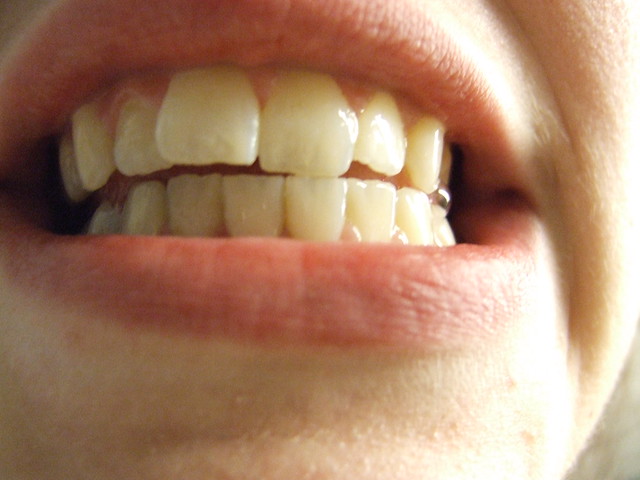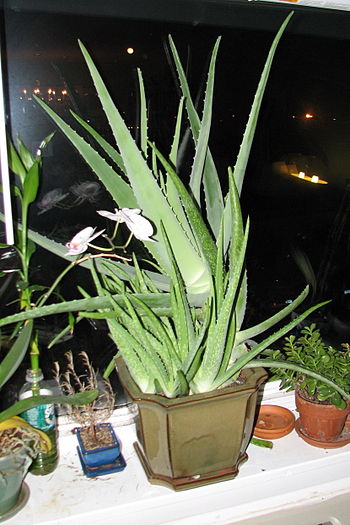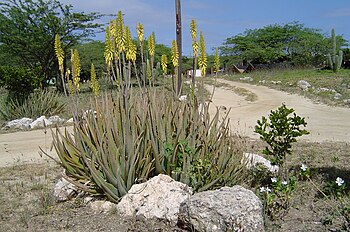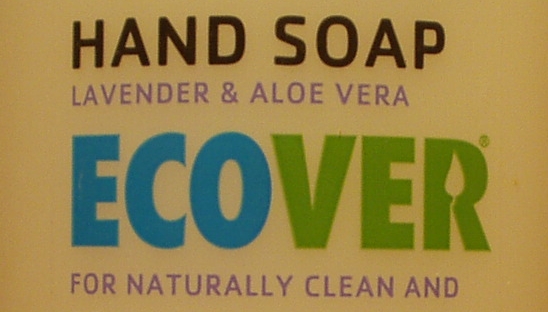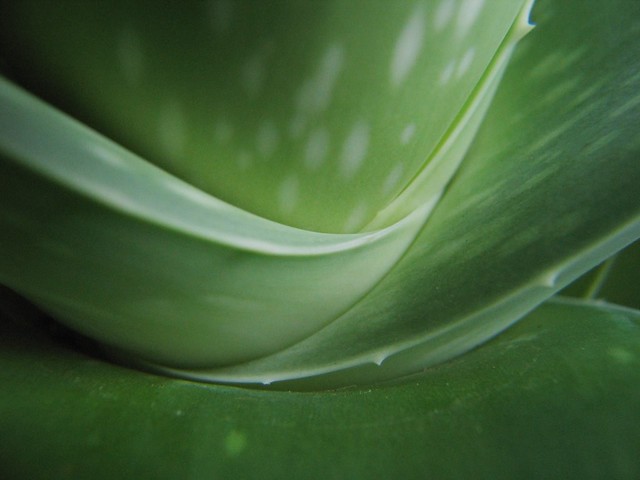 |
| Aloe vera with shoots (Photo credit: Wikipedia) |
Home for Aloe vera plants is warm, humid, subtropical climates. If you live in such an environment you can grow these succulent plants outdoors. In the US that would include only zones 10 and 11, the warmest zones in the country. Even if you live in the other zones you can move your plants outdoors in the summer, however; just keep them out of direct sunlight.
Unless you live where you can leave your Aloe vera plants outside all year round, it's best to leave these succulents in their pots, even if they summer outside. It's very disruptive to the root system to plant it and dig it up every year, so just keep the plants potted, in containers with drainage holes.
As succulents, these plants store a lot of water in their leaves. In the summer when they are actively growing they will take a good deal of water. Water them thoroughly, and then wait until they dry out until you water again. These plants will grow slowly if at all during the winter, so they don't need much water. Let the soil get 100 percent dry before watering with a small amount of water. The worst thing to do is to overwater, so if you're not sure how much water to give, you are better off erring on the too little side.
When water runs right through the pot and you see roots coming out the bottom, it's time to repot. Spring is usually a good time for repotting. Because these plants have shallow, spreading root systems they need wider, rather than deeper, pots when their pots get too small. Aloe vera plants need well-drained soil. You can use a commercial potting mix if you add extra perlite or coarse sand to improve the drainage. Or you can you a cactus mix.
You can fertilize your plants in the spring when they start showing new growth. Use fish emulsion or half-strength houseplant fertilizer.
Of course, you will want to use the aloe juice for its soothing qualities, especially for delicate skin. It is a valuable addition to the first aid kit. (Just don't keep it in the medicine chest!!) To use it just cut off a piece of lower leaf, slice it open, and squeeze the juice onto the affected area of the skin. Aloe relieves much of the pain of burns and may even prevent or reduce blistering. It lessens the itching that results from bug bites and stings and from nasty plants like poison ivy, poison oak, and stinging nettles. Many people have even used Aloe vera to soothe rashes and stings on their pets with good results. Growing Aloe indoors is easy, and well worth it.




